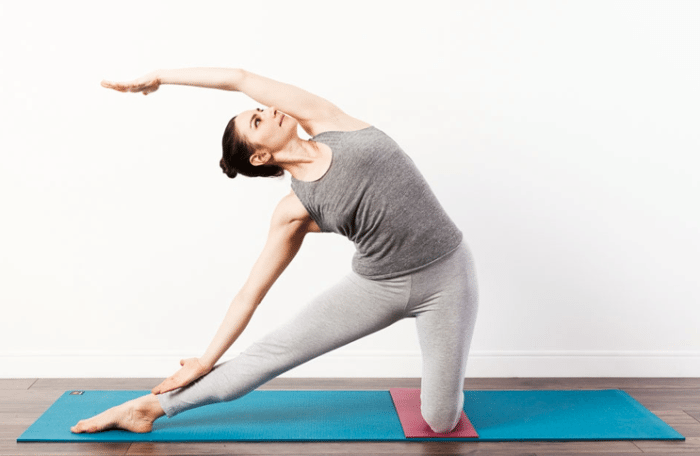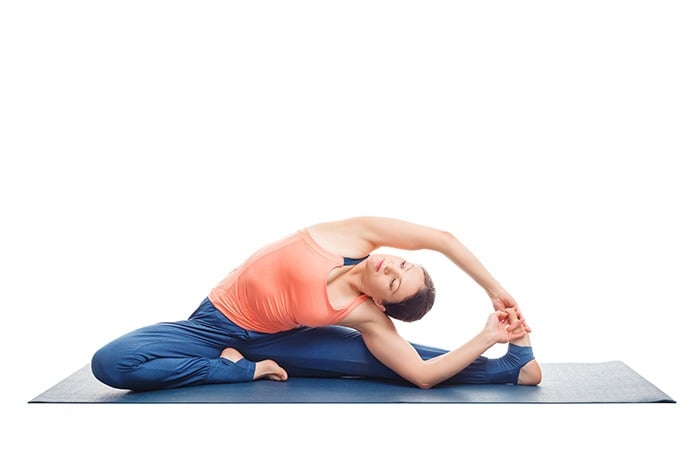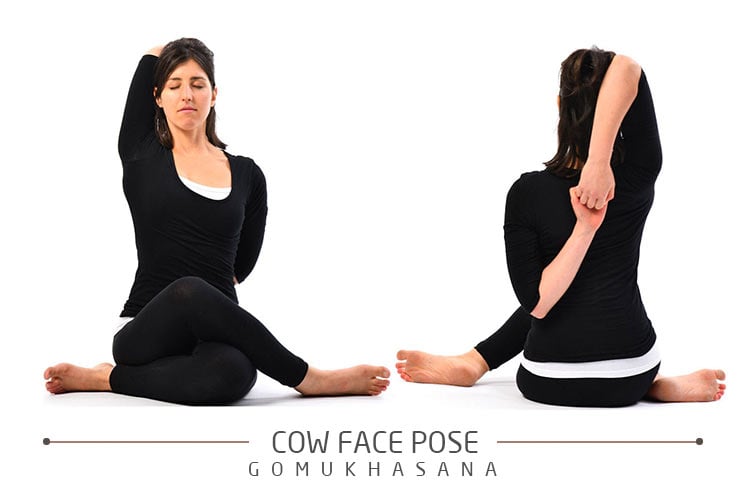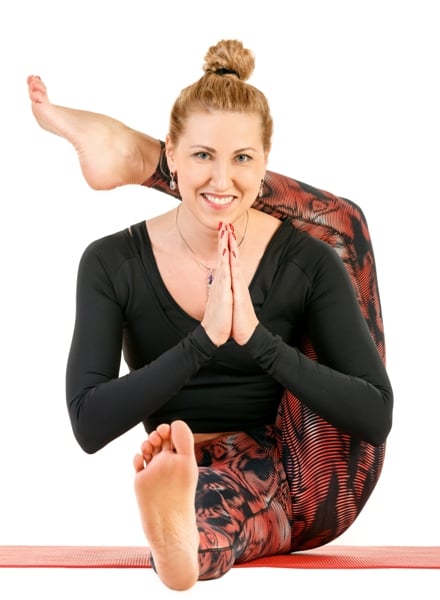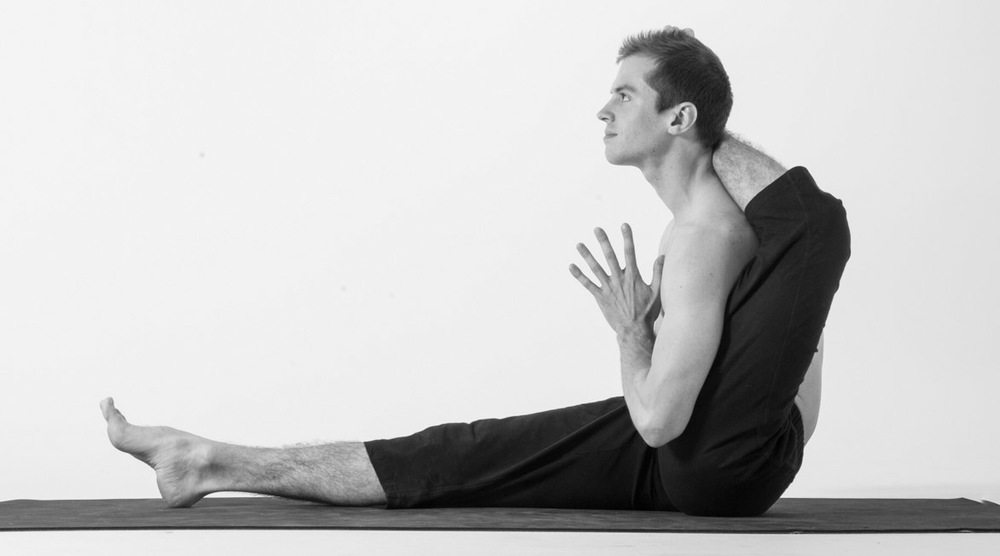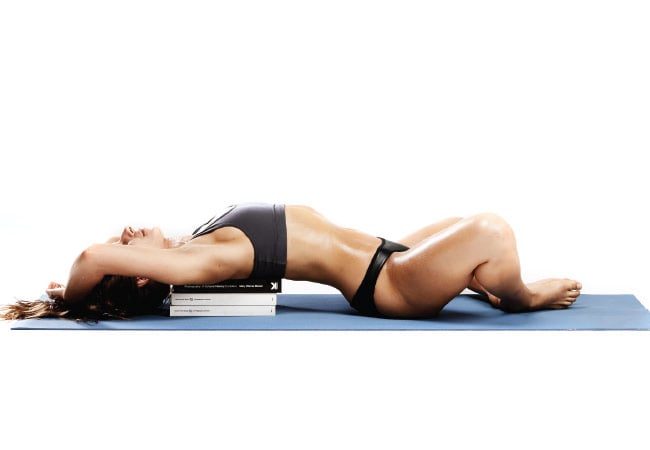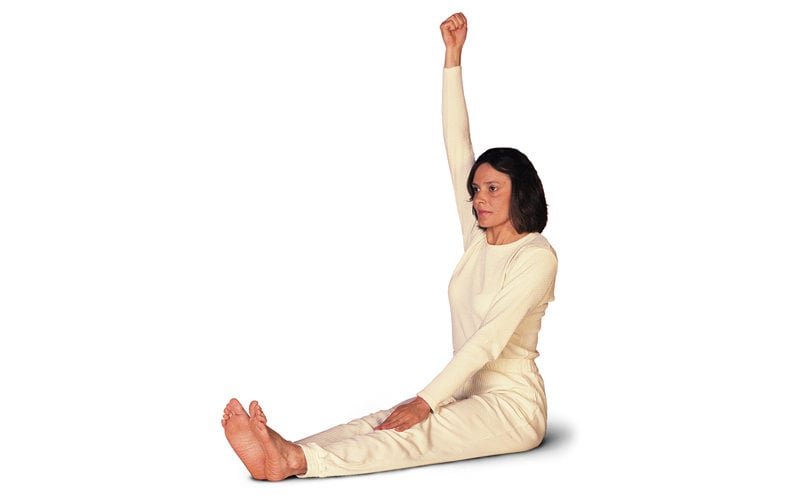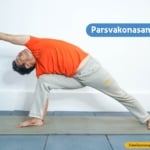January 18, 2019
Parighasana (Beam or cross-bar pose)
In Sanskrit “Parigha” means “Cross bar”, “Asana” means “Posture”. The English name is “Gate latch pose”. Position : Sitting Type : Lateral bending Spiritual Awareness : Ajan Chakra. Physical Awareness : Lateral stretch, balance and coordination of the body. Dosha Suitability : Pita Introducery Asanas : Trikonasana, Upvistha Konasana. Virasana, Supta Padangusthasana Procedure: Kneel on the floor with the ankles together, toes flat on the floorand the trunk upright. Mentally relax the whole body. Stretch the right leg sideways to the right, keeping it in line with the trunk and the left knee. Turn the right toes in slightly and rest the sole of the right foot on the ground. Inhale, raise the arms sideways at shoulder level so that they form one straight line. Exhale, move the

